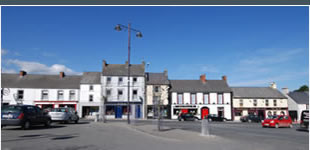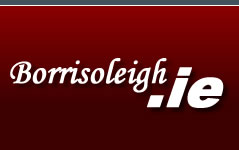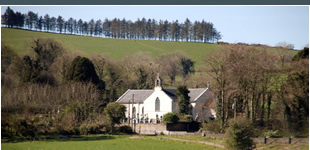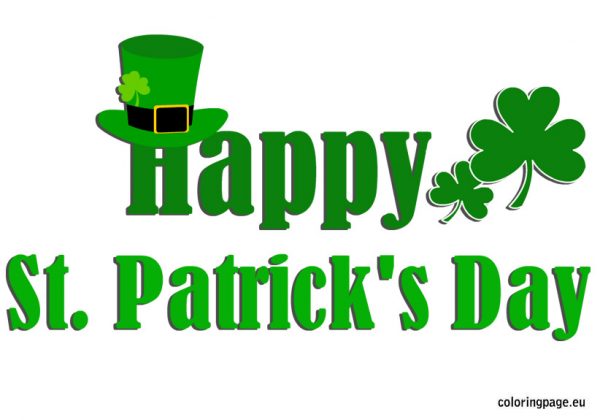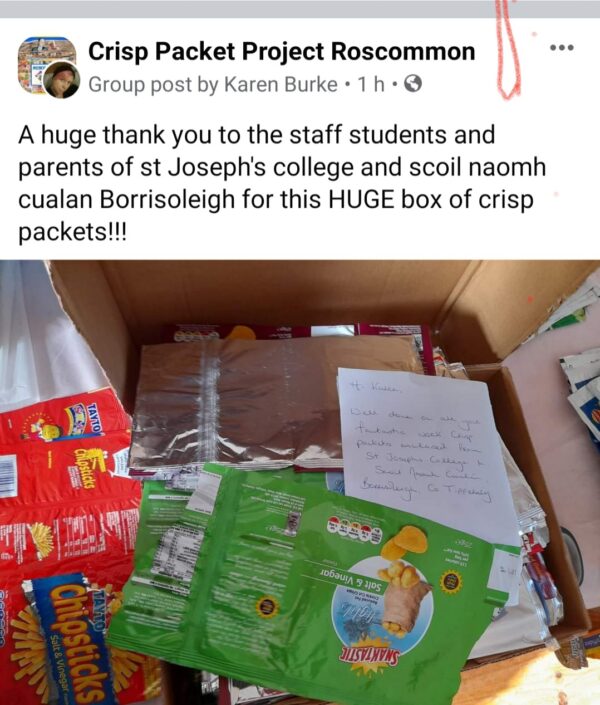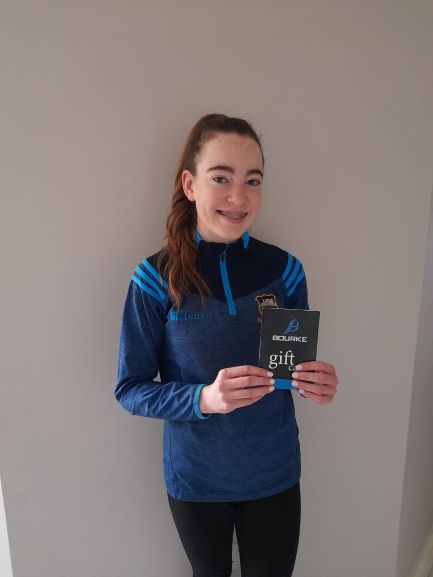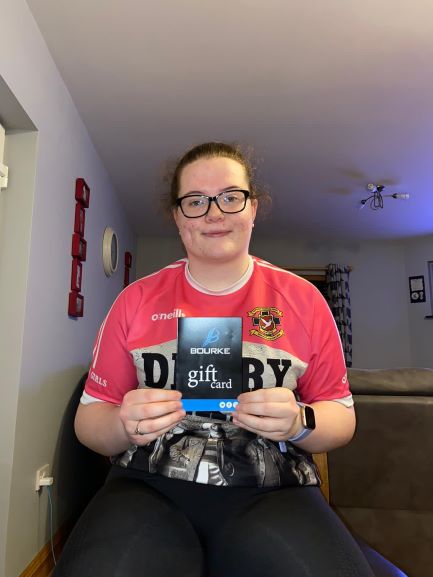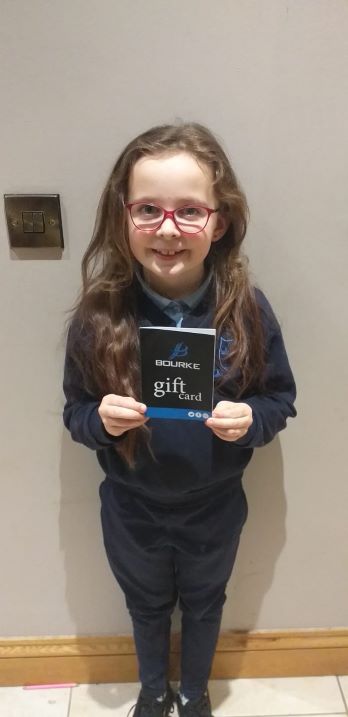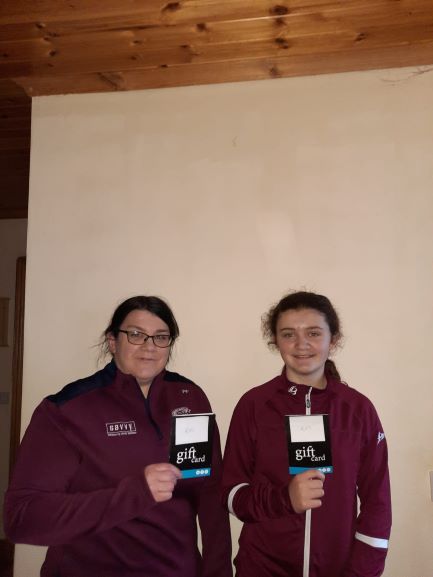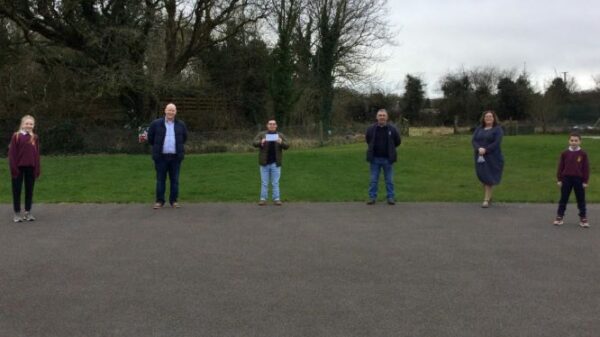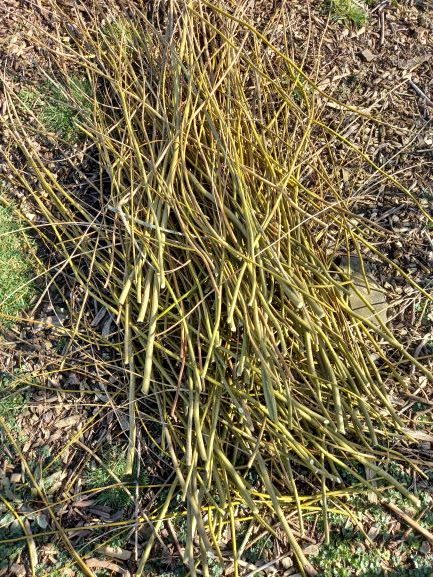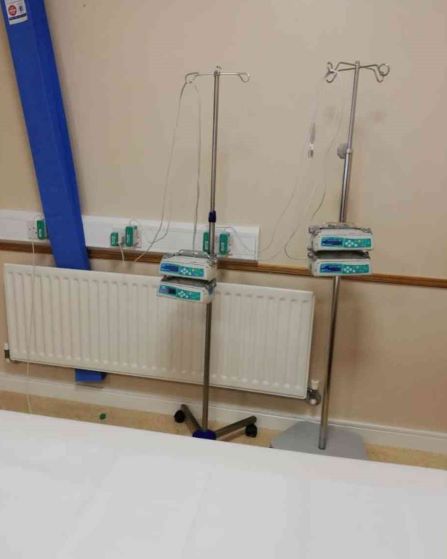17 March 2021
Appeal for News
This is an appeal to those of you who are involved in various activities (limited as they might be in the current circumstances), not to forget to send us an email with a few lines and maybe a photo or two publicising what you are doing. The regular users of this site (particularly those not on social media) would like to see them and it will help paint a fuller picture of what is taking place in and around Borrisoleigh. We rely on you, the local community, to send us your news.
Thanks,
Borrisoleigh Website Committee
Borrisoleigh Historical Society
The ‘Unnecessary and Unreasonable’ Killing of Martin Bourke.
21 March 1921 at Garranagrena, Borrisoleigh.
Introduction
School-teacher Mrs. Morris had scarcely settled in her young charges on the morning of 21st March 1921, when a burst of machine gunfire nearby suddenly disrupted life at Garrengrena national school and the springtime air. The terror that by then had gripped much of Ireland – a vicious conflict between the IRA and the Crown Forces for control of Ireland – had now come to visit their small rural community which lay about two miles to the north of Borrisoleigh. The experience of the sudden gunfire that tragic morning would remain with many of those schoolchildren for their lives. In later years, some would recall with vivid memory the sense of fear, terror and foreboding that prevailed in that rural schoolhouse on that fateful day. The period of eerie silence that followed the gunfire was eventually broken by the roar of a primitive lorry, a Crossley Tender used by the Crown Forces, as it sped past the school and onwards towards Borrisoleigh. All too soon, those children in the school, as well as the local residents in the area, would learn of the tragic consequences of that gunfire. On the roadside at Garrengrena bridge, lay the lifeless body of Martin Bourke, a sixteen years old youth who had been going about his daily routine.
At about 9.00 am on March 21st of 1921, Martin Bourke tackled up his donkey and cart and headed from his home to the surface well at nearby Garrengrena bridge to fill his water barrel. According to family lore, Martin was not in the best of moods on that particular morning. Apparently, his brother had been treated to a new suit of clothes, and Martin felt that he was more entitled to this. As he was filling the water barrel, he was joined by a neighbour, fourteen-year-old Daniel Ryan on his way to the nearby school, who stopped to lend a hand. Unbeknown to the two youths as they set about their task, an intensive search to try capture IRA men was being conducted by Crown Forces of the hills further north towards Toomevara. Patrolling the perimeter of this maneuver, or in military terms “riding flank”, was a Crossley tender, under the command of Lieutenant Henry Splatt. Splatt was an officer of the notorious ‘G’ Company of the Auxiliaries, based at the Lakeside Hotel in Killaloe, as was Sgt David Hossack, the machine gunner on board the tender.
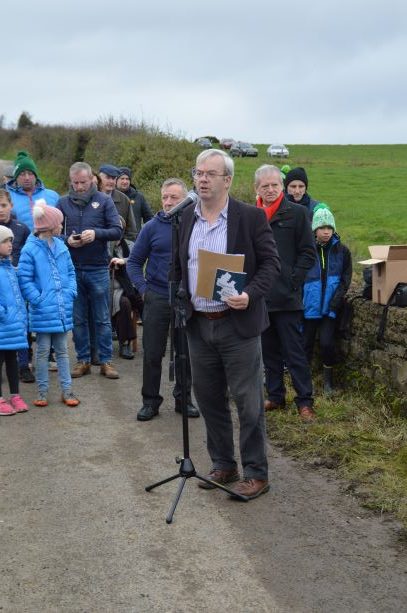 Sean Hogan, author of “The Black and Tans in North Tipperary” addresses the crowd at Garrengrena bridge on the occasion of the unveiling of the plaque to Martin Bourke
Sean Hogan, author of “The Black and Tans in North Tipperary” addresses the crowd at Garrengrena bridge on the occasion of the unveiling of the plaque to Martin Bourke
The Military Court of Inquiry
For most of what we know about this sorry affair, we are dependent on the version of events given as evidence by the Crown Forces involved. From his headquarters in Killaloe’s Lakeside Hotel, Officer Commanding G Company of the Auxiliaries, Lieut. Colonel H.S. Lamond Hemming, submitted his report to the District Inspector of the R.I.C. in Templemore on the following 27th.
“When the area between Toomevara and Borrisoleigh was being rounded up on the 21st March 1921, the flanks were held by Lewis guns patrols on cars. One of these patrols, under Section Leader Splatt, saw two men running away from the Crown Forces. Section Leader Splatt called on them repeatedly to halt and as they did not do so, he fired his pistol in the air to attract their attention and called on them again. They took no notice, so he turned his Lewis Gun onto them and fired. Burke was killed but the other made his escape. Section Leader Splatt acted according to orders and no blame is attached to him”.
As Coroner’s inquests had, at this stage of the conflict been dispensed with under the Restoration of Order in Ireland Act, it was left to a Military Court of Inquiry convened by the Crown Forces to determine what happened. The Court of Inquiry, presided over by Major J.W. Pepper of the Templemore based Northamptonshire Regiment, sat in Nenagh on the 1st of April 1921.
Andrew Burke, the dead boy’s father was the first witness to give evidence.
“I am the father of Martin Burke. At about 9.0 am on the 21st of March 1921 I saw him going off to fetch water with the donkey cart from the yard of my house where he was living. That was the last time I saw him alive. About half an hour later another son of mine came and told me that my son Martin had been shot. Shortly afterwards the body was brought into my house and I saw that he was dead. He was 16 years of age at the time of his death”.
Daniel Ryan, the young schoolboy then testified before the inquiry.
“On 21 March 1921, I was on my way to school when I stopped to help Martin Burke fill his water cart. We were coming away from the well when I heard some shots and Martin Burke fell at my side and I saw that he had been hit in the head”.
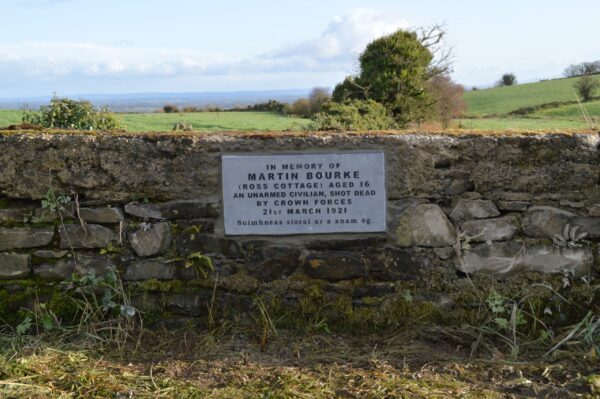 Plaque erected to the memory of Martin Bourke
Plaque erected to the memory of Martin Bourke
The man in charge of the Auxiliary section was Lieutenant H.J. Splatt, from the Marylebone district of London. Like his Auxiliary colleagues, he had been a British Army officer in the Great War. He testified that from a distance of 350 to 400 yards, he observed the youths leaning on the parapet of the bridge and called on them to come forward. When they did not do so, he said that he fired two or three revolver shots in the air. When, according to Splatt, the boys continued to run.
“I then turned the Lewis gun on them and fired. I then went along with the tender and found the dead body of a youth”.
The driver of the tender, T/C David Hossack, gave a written deposition to the Court of Inquiry that briefly stated.
“I corroborate the above”.
The final witness was the Royal Irish Constabulary Sergeant in Borrisoleigh, Thomas G Teape.
“On information received I visited the house of Andrew Burke, Garrengrena Upper, Borrisoleigh on the 22 March 1921 at 2.05 pm and I saw the dead body of Martin Burke which I examined and found a bullet hole in the left side of the back of the neck and an exit wound on the left side of the face”.
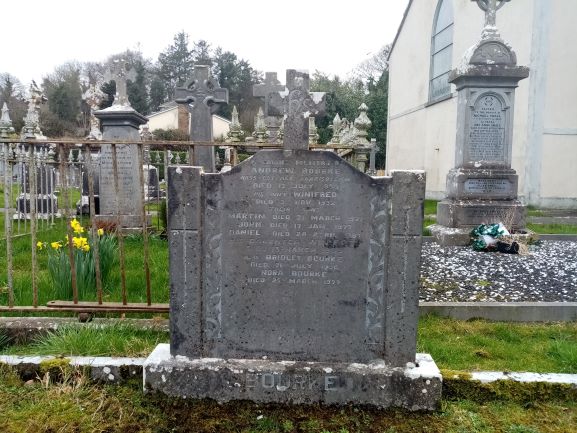 Bourke family plot at Ileigh graveyard
Bourke family plot at Ileigh graveyard
Martin Burke was buried on the 23rd of March in the family plot in Ileigh churchyard.
With the brevity of statements and no cross-examination of witnesses, the findings of the Inquiry were unlikely to fall outside the established pattern, exoneration of Crown Forces of any wrong-doing. The Inquiry into the killing of Martin Burke was not to be the exception. The Military Court found that:
- The deceased, Martin Burke, male, aged 16, single, was living at Garrengrena, Borrisoleigh at the time of his death.
- That deceased, Martin Burke died between 9 and 10 am, on 21 March 1921, near Borrisoleigh in the County of Tipperary.
- That cause of death was shock and haemorrhage following bullet wound in the neck. That deceased died after receiving the wound.
- That the shot which caused the wound was fired by Crown Forces near Borrisoleigh in the County of Tipperary on 21 March 1921, in the execution of their duty.
However, when the file with findings of the Inquiry were forwarded to Army Headquarters in Parkgate Street, Dublin, some little degree of unease at the killing was apparent. Prompted by what the British Army HQ in Cork had commented on the case, the Deputy Adjutant-General included the following note when he forwarded the findings to the British Government’s Under-Secretary at Dublin Castle:
“In forwarding the Court of Inquiry in lieu of Inquest in the case of Martin Burke, I am commanded by the General Officer Commander-in-Chief to say that he doubts the shooting was necessary, and that is not reasonable to expect persons who are 300 to 400 yards away to understand what is being shouted at them”.
Henry J Splatt
Henry John Splatt had joined the British army in 1916 and served on the Western Front in the Great War in France. He was promoted to the rank of 2nd Lieutenant in September 1918 as the Great War neared its end and served until August 1920 when he resigned from the army. Two months later he joined the Auxiliary division of the RIC as a temporary cadet and was posted to G Company, with 100 fellow ex-officers based in the Lakeside Hotel at Killaloe. In November, he was promoted to the rank of Section Leader. Splatt was just twenty-two years old when he was involved in the killing of Martin Bourke. Just a month later, he was central to another controversial incident when his section opened fire on a group of off duty of policemen from Newport who were drinking in the Shannon Arms hotel in Castleconnell. Sergeant John Hughes was killed in the shootout and the proprietor of the hotel, Denis O’Donovan was shot dead in controversial circumstances. Coincidentally, British peer, Lord Parmoor happened to be on a fishing holiday in the hotel at the time and witnessed what occurred. His subsequent account in the House of Lords painted the Auxiliaries in a damning light and did much to arouse British public opinion against their Government’s policy in Ireland. After the disbanding of the Auxiliaries in 1922, Splatt joined the Palestine police force. During the Second World War, he rejoined the Crown Forces and served in the Royal Air Force.
Conclusion
In the decades after their departure from Ireland, reference to the Auxiliaries, and the ‘Black & Tans’, still evoked the sense of terror among the generations, especially the children, who lived through and witnessed their depredations. Sent to Ireland with a singular mission, to terrorise and subdue the Irish people who wanted to break from Empire, they set about their task with relish and created the bitterest of memories. While not wanting to condone the atrocities committed by the assembled Crown Forces – the RIC, the military, the Auxiliaries or the Black and Tans, it is possible in many instances to have some degree of understanding of the circumstances of some of their misdeeds. Sometimes, it is clear they were retaliating after the killing of one of their colleagues. In the case of Henry Splatt, no such extenuating circumstances can be seen. Operating in a climate where the currency of human life had become almost worthless, above all law and acting with impunity, Splatt and many of his Auxiliary cohorts engaged in their murderous mission without fear of or respect for law or authority. Consequently, no sanction was imposed on the man who took the life of a sixteen-year-old youth. We will never know what was going on in his head when he ordered the machine gun to fire on Martin Bourke that morning in Garranagrena.
When Martin Bourke was laid to rest in the family plot in Ileigh churchyard, there were no volleys fired over his grave, nor were there annual commemorations held. Outside of his family, the death of the young man was quickly consigned to a category of event that was peripheral to Ireland’s fight for independence. Thanks to some of those children who were in Garranagrena school and who, in later years, recalled that frightful event of their childhood, it was carried forward to the next generation, and the death of Martin Bourke was not completely relegated to the shadows of history.
On 17 November 2019, the ‘Tipperary in the Decade of Revolution’ history Group, in conjunction with Borrisoleigh Historical Society unveiled a plaque to mark the spot where Martin Bourke was killed. A roadside ceremony, attended by family and relatives of the slain youth, along with an accompanying centenary booklet commissioned by TiDR, went in some small way towards giving Martin Bourke and that sizable cohort of people that he represents – the forgotten civilian casualties – their place in our history.
Crisp Packet Project
Borris-Ileigh Camogie Club Notes
Croker to Borris:
On Monday next, we start our next Virtual Challenge as we attempt to strike the ball the equivalent distance from Croke Park to Borrisoleigh while also running the distance also.
Players that are under 12 will be hitting 60 shots a day while those over will be hitting 100. Coaches and parents are welcome to join in also while encouraging the players to get out and get active.
To add to the Challenge, we are teaming up with 3 other clubs from 3 different counties who will act as a “Virtual Host Club” on the day that we virtually arrive at their venue.
On Tuesday, we’ll be teaming up with St. Peters Dunboyne in Co. Meath, on Thursday we’ll be visiting Naas in Co. Kildare while on the following Sunday we will be hosted by Camross in Co Laois. On the days that we arrive at their clubs, their club players will be participating in the Challenge also.
On the days that we will be at the host clubs, we will be raffling off two “Cairde Camógáiochta” Bourke Sports Tops. One will go to a Borris player while one will go to a player from the host club. On the day (Wed 31st) that we finish the Challenge, we’ll have two of the tops to raffle off.
This is being made possible thanks to the kind sponsorship that we’ve received from local business people. A huge thanks to Kevin Delargy Medical Centre, Albany Paints Nenagh, Latteragh Crafts (Christy Slattery), Cross Fabrication (Paudie Meehan), Borrisoleigh Veterinary Clinic, Ryan Catering Equipment (Mossy Ryan) and Premier Horse Transport (Stephen Treacy).
February Sharpshooter Challenge:
Our February Sharpshooter Challenge proved to be a big success. Our challenge was to hot 250,000 shots over the month of February and when the strikes were finally accumulated, we managed to smash that finish with a total of 487,762.
A huge thanks and congrats to all who participated in the challenge and hopefully your efforts will be rewarded when we hit the fields in hopefully the not too distant future.
Again a huge thanks to the business people who got behind the challenge and sponsored the spot prizes for the event. Thanks to Muddy Puddles Country Pre-School (Trevor Groome), Pat Keane Painting & Decorating), Ryan Chilling, John Maher Transport Ltd, Donal Hurley Gala Foodmarket and the Track-Attack Club.
Borris-Ileigh GAA – Club Notes
Three For A Fiver – Fundraising Initiative
This is a short video message from all our resident clubs in The Park about our new “Three for a Fiver” Lotto Fundraising Initiative.
The video outlines our collective achievements to date and what we hope to achieve in the future as we aim to build a sustainable top class facility for the whole community to enjoy for many generations to come.
If you wish to join you can do so by following this link: https://clubforce.com/clubs/gaa-borris-ileigh-gaa-club-tipperary/
If you are living abroad we can post your club membership items to you free of charge wherever you are.
If you have any further questions please do not hesitate to contact Mark Stapleton (086) 814 3486 or Philip Fahey (087) 291 6361.
Once again thank you for your continued support, we look forward to building a brighter future together for our wonderful community.
Scoil Naomh Cualán News
The children and staff of Scoil Naomh Cualán were delighted to present a cheque for €1500 to Diarmuid Boyle, his father Paul and Rachel from the Tipperary branch of Down Syndrome Ireland, as our contribution to the upgrade of the ‘Down Syndrome Tipperary Family Centre’ in Thurles. The funds were raised as part of our Christmas Dinner Day in December and we thank all in our school community for their generous donations. We wish Down Syndrome Tipperary the very best of luck with their beautiful new facility.
Pruning of the Willow Garden
Pruning of the Willow garden is underway. Bundles of willow available FREE to take away if anyone would be interested. Great ideas and tutorials for garden projects available on you tube.
Chemo Sisters
On March 4th this year the Irish Independent carried the following headline on page 26 ‘Cancer won’t wait until the end of lockdown’: Nolans urge people to get checked.’ Linda and Ann Nolan of the famous singing and acting Nolan family are Ambassadors for the Irish Cancer Society’s Daffodil Day which takes place on Friday March 26th. Both sisters are undergoing cancer treatment. They started Chemotherapy at the same time last June. They now call themselves the Chemo Sisters.
Friday March 26th is Daffodil Day. The article stated that last years donations were down by 2.3 million. It is a significant loss. These days, because of the non-stop communications methods we are bombarded by charities of all kinds seeking donations. People are possibly becoming fatigued by it all and are drifting.
The Irish Cancer Society provides invaluable support to Cancer sufferers. Of the many services provided by it, the Volunteer Driver Service is one which is invaluable. A cancer patient’s day starts early. A typical treatment day for me would start with the volunteer driver picking me up at 7:30am and having me in Limerick for 8:15am. Drivers are not allowed pick up anyone before 7:30 and in my case some have had an hour of a drive to get to me before taking me to UHL.
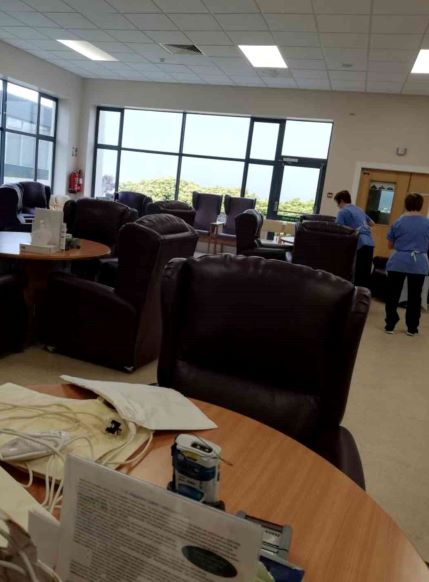 On arrival, I give in my name and then it is time to move onto the anti sickness medication for approximately an hour and also a check on the bloods. If all is well the next step is the Chemotherapy drug. A volunteer driver’s day can be a long one. Even with an early start some patients can be there all day. A patient accesses the service via Hospital referral.
On arrival, I give in my name and then it is time to move onto the anti sickness medication for approximately an hour and also a check on the bloods. If all is well the next step is the Chemotherapy drug. A volunteer driver’s day can be a long one. Even with an early start some patients can be there all day. A patient accesses the service via Hospital referral.
Another service provided is Advocacy. Here in North Tipperary cancer patients can go to Nenagh the day before treatment and have their blood taken. The analysis is sent to UHL. The treatment team know the patient’s situation before their arrival. This means that if the results are good treatment can proceed. Patients who live in areas of the country where there is no access to such a service can have a very long wait for blood results to come back. Cancer patients need a voice to highlight issues that affect them. The ICS provides that voice. It needs the support of the public so that it can speak loud and clear for all cancer sufferers. It is unfair that cancer patients can be chased by debt collectors for unpaid medical bills. Patients spend a great deal of time so ill and barely able to walk – it is inhuman of the HSE to go after people in these circumstances.
I am highlighting these two services provided by the Society not because they are more important than others but sometimes when people can see what their donation is providing it gives encouragement to keep donating. One euro per person all over Ireland would be a good start. There used to be a phrase “give a little it will help a lot”.
With this article I am attaching two photographs’. One is of the treatment room and the other is of the IV pumps used to administer the Chemotherapy.
A word of thanks also from a grateful cancer patient to all the wonderful people who stand at the tables in villages, towns and shopping centres every year to sell the Daffodils.
Written by Josephine Ryan, Currabaha
Pic of the Past
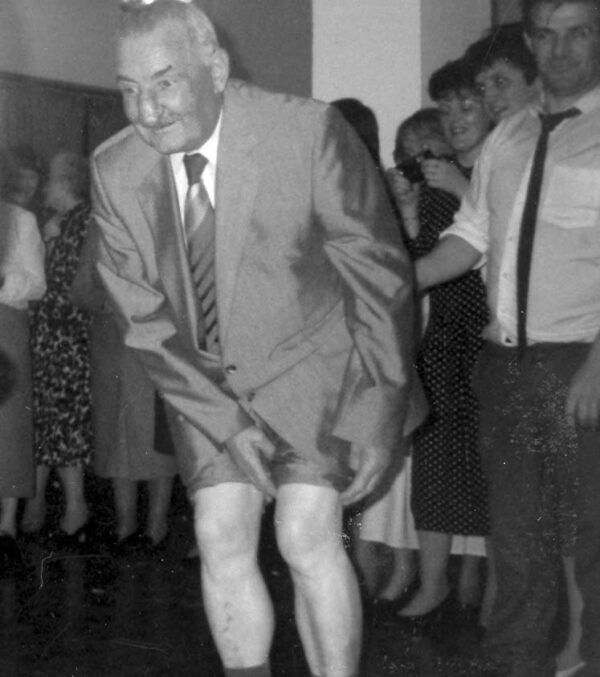 The War Dance – Seamus Hynes demonstrates his dancing talents
The War Dance – Seamus Hynes demonstrates his dancing talents
Your Website Needs You
Committee: Enda Ryan, Noreen Fahy, Marie McGrath, Derry O’Donnell
Many thanks to all those who contributed photographs and news items.
Remember, we need you to continue to send us material so that we can keep our website current and interesting.
Send your email to: info@borrisoleigh.ie
This website is supported by Borrisoleigh Community Development Association.
While we make every effort possible to ensure that the information contained in this Website is accurate and complete, we cannot accept any legal liability as a result of the inaccuracy or incompleteness of the information presented to users of this site. We also reserve the right to edit material for suitability to a website format.
Also, if you like what you see and want to leave a comment, remember to use the Guestbook.
